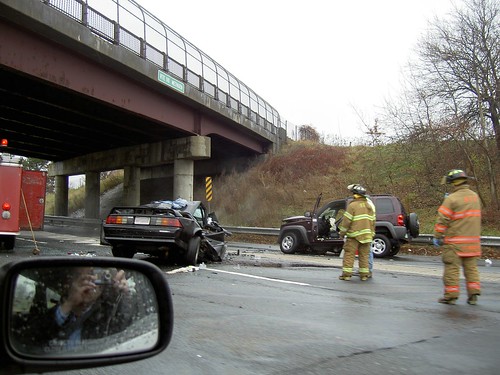Safety vs. Freedom – Scrutiny of older drivers may cut deaths but loss of independence can be painful
This issue remains at the center of many debates over the decades and simply not going away anytime soon unless we develop technologies that can automate the transportation systems where human input will be minimal to none.
Ginzler and other geriatrics experts predict that the issue will explode in the next decade as the leading edge of the 78 million-member baby boom generation hits its 70s. In 2008, according to the Insurance Institute for Highway Safety, 78 percent of the 28 million Americans older than 70 had licenses, up from 73 percent in 1997, an upward trend that is expected to continue.
Because more Americans are living longer with progressive, disabling diseases that make driving iffy or downright dangerous — heart problems, stroke, Parkinson’s, dementia and diabetes, to name a few — families are increasingly wrestling with questions that defy easy answers. Although many seniors stop driving voluntarily or sharply limit their driving, others refuse. Some fear being marooned in their suburban homes, while others, like my father, cling tenaciously to the independence a car represents, unaware of how hazardous their driving has become. A survey by the MIT AgeLab and the Hartford insurance company found that age enhances confidence in driving ability. Drivers 75 and older were twice as likely to say they planned to drive into their 90s as did those 65 to 74.
Such confidence can belie reality. A 2007 report by the Government Accountability Office found that drivers 75 and older were more likely than drivers in all other age groups, including adolescents, to be involved in a fatal crash.





